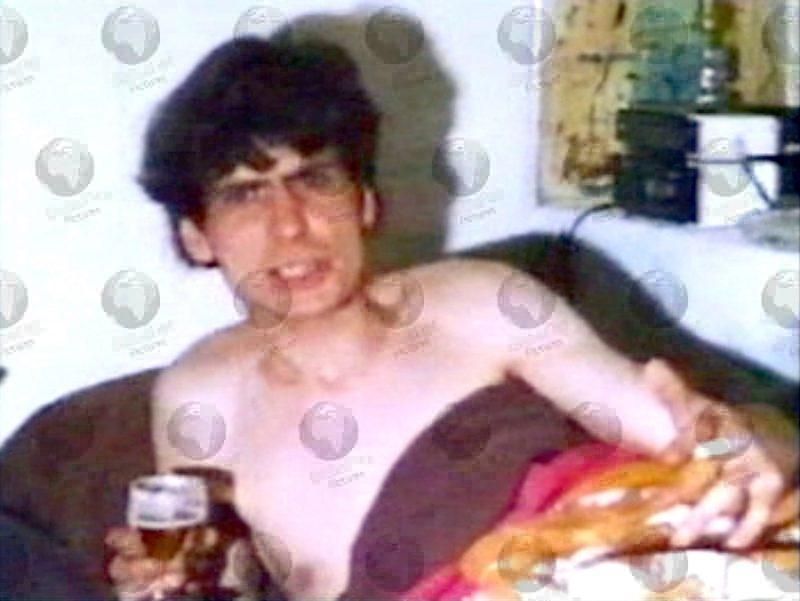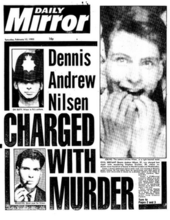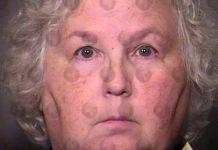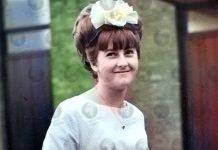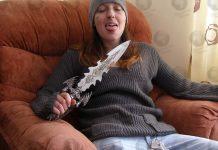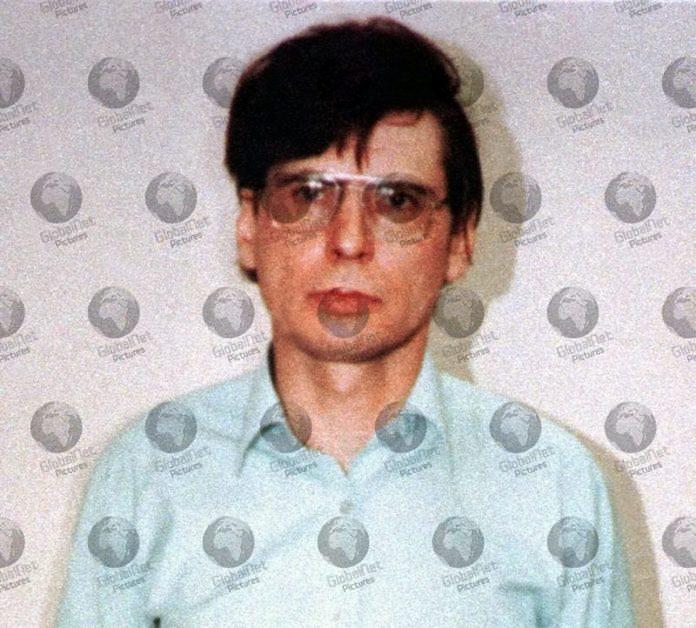
Serial killer Dennis Nilsen, dubbed ” The Necktie Killer,” died at Full Sutton prison on Saturday May 12 2018 at the age of 72.
One of Britain’s most infamous serial killers, Nilsen is thought to have killed up to 15 young men in North London between 1978 and 1983.
The victims were mainly homeless and homosexual and were murdered at his two north London homes.
Nilsen was jailed in 1983 for the murders and died at York Hospital after being moved there from prison after complaining of stomach pains.
Actor David Tennant is now playing him in the three-part mini drama ‘Des,’ which began last night on ITV and continues tonight.
GlobalNet Pictures covered Nilsen’s trial at the Old Bailey…
This is his story…
Dennis Andrew Nilsen (23 November 1945 – 12 May 2018) was a Scottish serial killer and necrophile, who murdered at least 12 young men in a series of killings committed in London, England, in the late seventies and early 1980s. He was convicted, at the Old Bailey of six counts of murder and two of attempted murder. Nilsen was sentenced to life imprisonment on 4 November 1983, with a recommendation that he serve a minimum of 25 years. In his later years, he was incarcerated at Full Sutton maximum security prison.
Nilsen carried out the murders at two North London addresses. He lured his victims to his home and murdered them by strangulation, sometimes accompanied by drowning. Following the murders, Nilsen observed a ritual in which he bathed and dressed the victims’ bodies, which he retained for extended periods of time, before dissecting and disposing of the remains by burning them on a bonfire, or flushing them down his toilet.
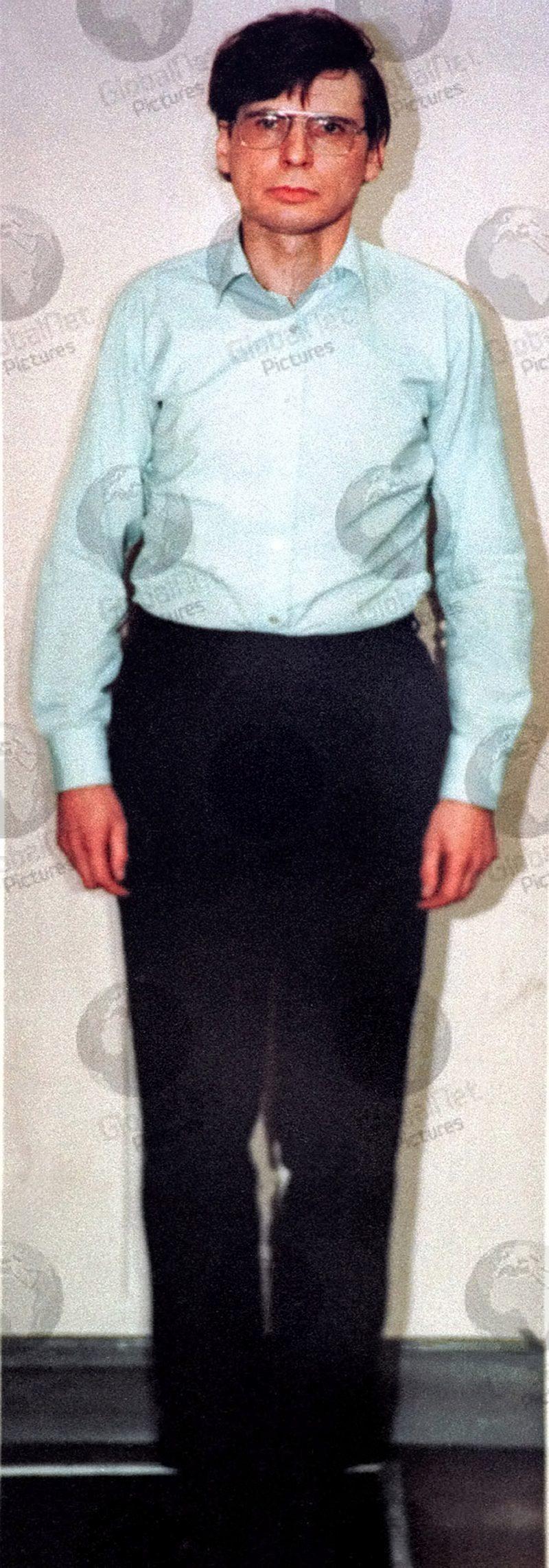
© Copyright GlobalNet Pictures
Nilsen became known as the Muswell Hill Murderer as he committed his crimes in the Muswell Hill district of North London and later as the “Necktie Killer” as the details of the killings emerged. He died in prison on 12 May 2018.
Teenage Nilsen
At the onset of puberty, Nilsen discovered he was homosexual, which initially confused and shamed him. He kept his sexuality hidden from his family and his few friends. At the age of 14, Nilsen joined the Army cadet Force, viewing the British Army as a potential avenue for escaping his rural origins. Nilsen’s scholastic record was above average. He displayed a flair for both history and art, but shunned sports. He finished his schooling in 1961 and briefly worked in a canning factory as he considered which career path he should choose.
Army life
After three weeks at the factory, Nilsen informed his mother that he intended to join the army, where he intended to train as a chef. Nilsen passed the entrance examinations and received official notification he was to enlist for nine years’ service in September 1961, commencing his training with the Army Catering Corps at St. Omer Barracks in Aldershot. Within weeks, Nilsen began to excel in his army duties; he later described his three years of training at Aldershot as “the happiest of my life”. He relished the travel opportunities afforded him in his training, and recalled as a highlight his regiment taking part in a ceremonial parade attended by both The Queen and Field Marshall Lord Montgomery of Alamein.
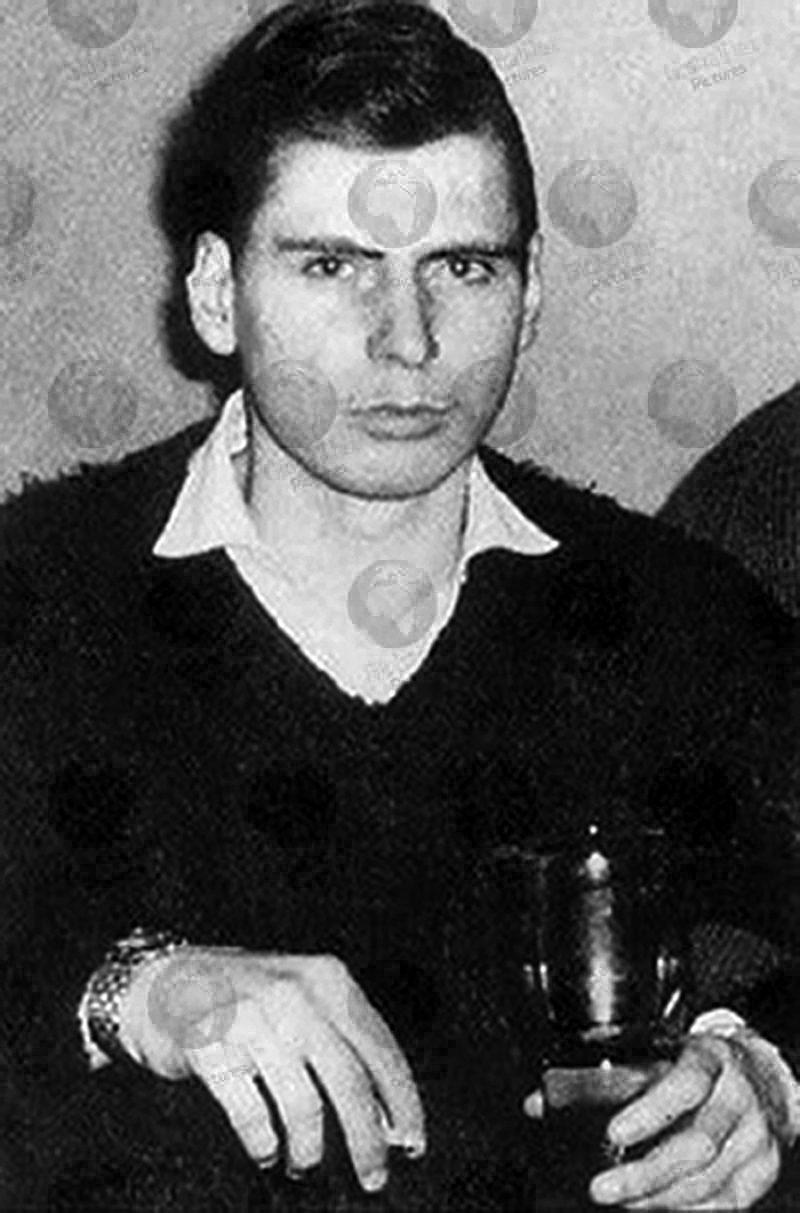
Dennis Nilsen, pictured here during his army days
While stationed at Aldershot, Nilsen’s latent homosexual feelings began to stir, but he kept his sexual orientation well hidden from his colleagues. Nilsen never showered in the company of his fellow soldiers for fear of developing an erection in their presence; instead opting to bathe alone in the bathroom, which also afforded him the privacy to masturbate without discovery.
In mid-1964, Nilsen passed his initial catering exam and was officially assigned to the 1st Battalion of the Royal Fusiliers in Osnabruck, West Germany, where he served as a private. In this deployment, Nilsen began to increase his intake of alcohol. He described himself and his colleagues as a “hard-working, boozy lot”; his colleagues recalled he often drank to excess in order to ease his shyness.
Sexual fantasies
Unlike his previous postings at Aldershot and Osnabrück, while stationed in Aden, Nilsen had his own room. This afforded him the privacy to masturbate without discovery. His developed fantasies of sex with an unresistant or deceased partner unfulfilled, Nilsen compensated by imagining sexual encounters with an unconscious body as he masturbated as he looked at his own prone, nude body in a mirror. On one occasion, Nilsen discovered that, by using a free-standing mirror, he could create an effect whereby if positioning the mirror so his head was out of view, he could visualise himself engaged in a sexual act with another man. To Nilsen, this ruse created the ideal circumstance in which he could visually “split” his personality: in these masturbatory fantasies, Nilsen alternately envisaged himself as being both the domineering and the passive partner
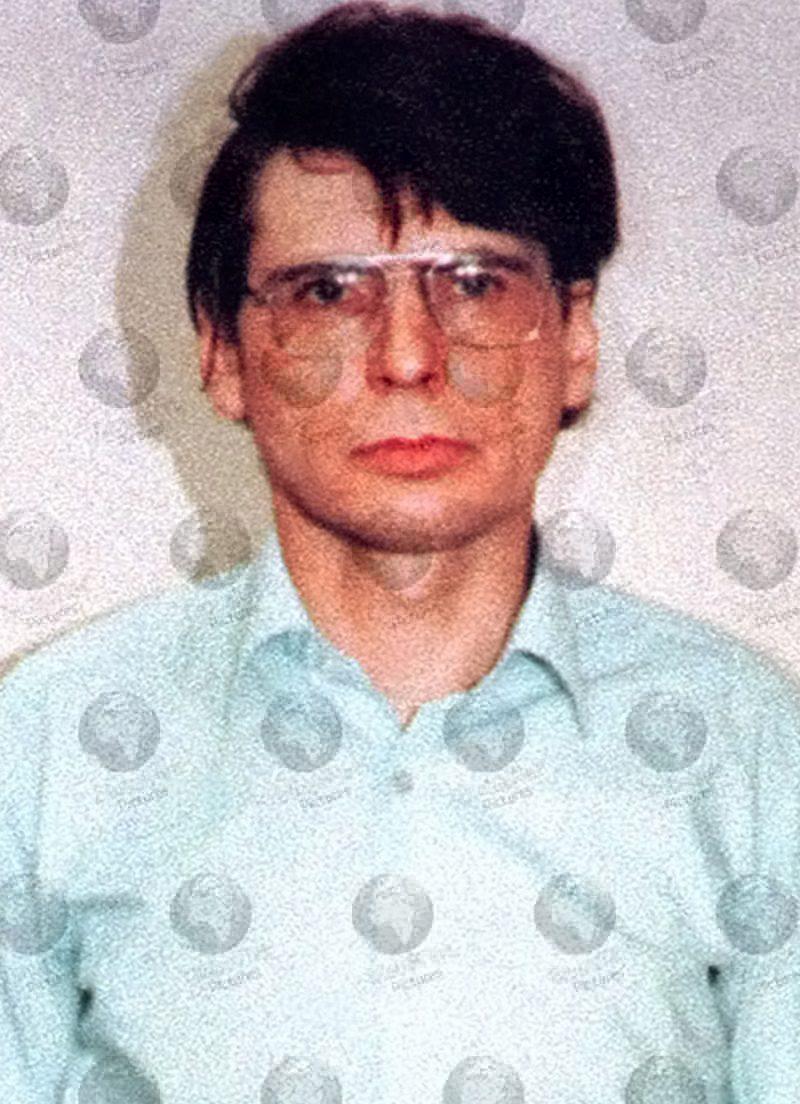
© Copyright GlobalNet Pictures
On one occasion, Nilsen and a German youth drank themselves into a stupor. When Nilsen awoke, he found himself on the floor of the German youth’s flat. No sexual activity had occurred, but this incident fuelled Nilsen’s fantasies: he began to develop sexual fantasies which initially involved his sexual partner — invariably a young, slender male — being completely passive. These fantasies gradually evolved into his partner being unconscious or dead. On several occasions, Nilsen also made tentative efforts to have his own prone body sexually interfered with by one of his colleagues. In these instances, whenever he and his colleagues drank to excess, he pretended he was inebriated in the hope one of his colleagues would make sexual use of his supposedly unconscious body. In 1967, he was deployed to the State of Aden, where he served as a cook.
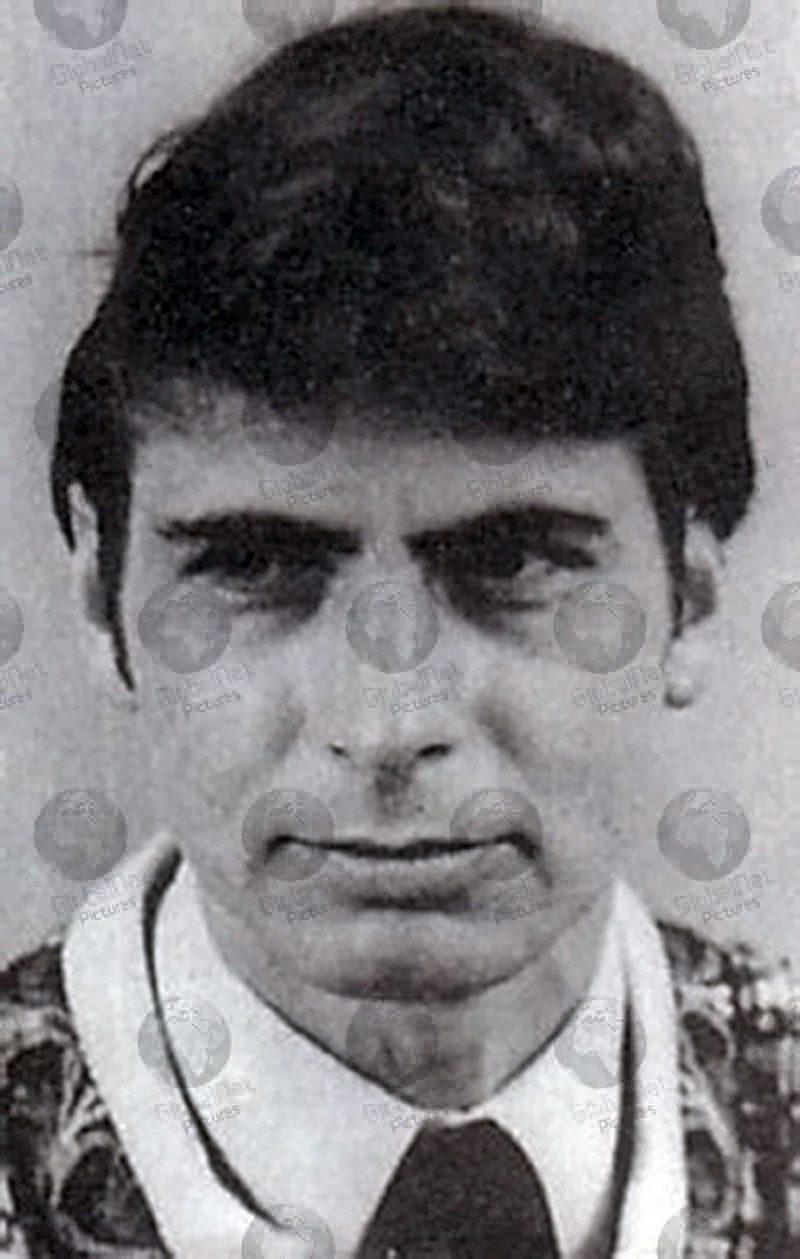
This posting was more dangerous than his previous posting in West Germany, and Nilsen later recalled his regiment losing several men, often in ambushes en route to the army barracks. Nilsen was kidnapped by an Arab taxi driver, who beat him unconscious and placed him in the boot of his car. Upon being dragged out of the boot of the taxi, Nilsen grabbed a jack-handle and knocked the taxi driver to the floor before beating him unconscious. He then locked the man in the boot of the taxi.
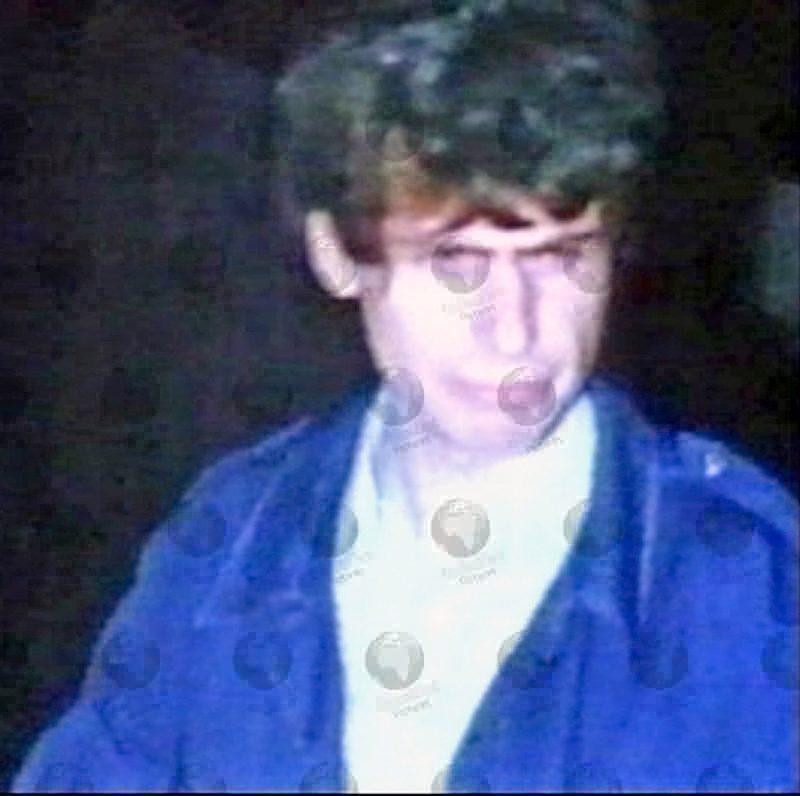
Nilsen ended his 11-year military career at the rank of corporal in October 1972.
PC Nilsen
Nilsen decided to join the Met and moved to London in December 1972 to begin the police training course. In April 1973 he completed his training and was posted to Willesden Green. As a junior constable, Nilsen performed several arrests but never had to physically subdue a member of the public. Nilsen enjoyed the work, but missed the comradeship of the Army. He began to drink alone in the evenings.During the summer and autumn of 1973, Nilsen began frequenting gay pubs and engaged in several casual liaisons with men. He viewed these encounters as “soul-destroying” and a “vain search for inner peace” as he sought a lasting relationship. In August, following a failed relationship, Nilsen came to the conclusion that his personal lifestyle was at odds with his professional life. His father died the same month, leaving each of his three children £1,000. In December, Nilsen resigned from the police.
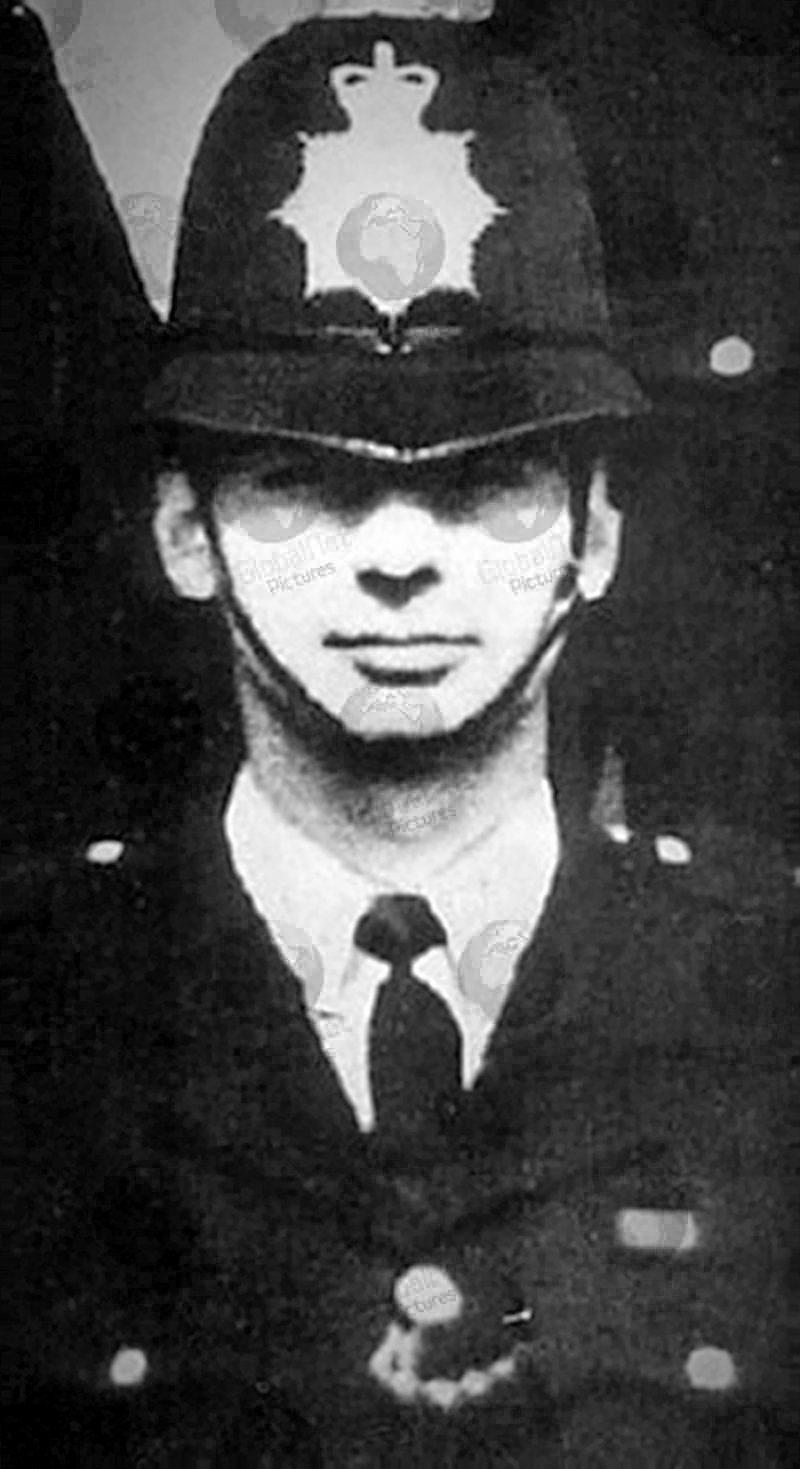
Dennis Nilsen after he joined the Metropolitan Police force
Between December 1973 and May 1974, Nilsen worked as a security guard. The work was intermittent, and he resolved to find more stable, secure employment. He found work as a civil in May 1974. Nilsen was initially posted to a Jobcentre in Denmark Street, where his primary role was to find employment for unskilled labourers. At his workplace, Nilsen was known to be a quiet, conscientious employee, who was active in the trade union movement. His attendance record was mediocre, although he frequently volunteered to work overtime. In 1979, Nilsen was appointed Acting Executive Officer.] He was officially promoted to the position of Executive Officer, with additional supervisory responsibilities, in June 1982, and transferred to another Jobcentre in Kentish Town continuing in this job until his arrest.
Melrose Avenue
In November 1975, Nilsen encountered a 20-year-old man named David Gallichan being threatened outside a pub by two other men. Nilsen intervened in the altercation and took the youth to his room at 80 Teignmouth Road in the Cricklewood district of London. The two men spent the evening drinking and talking; Nilsen learned that Gallichan had recently moved to London from Weston-super-Mare, was homosexual, unemployed and resided in a hostel. The following morning, both men agreed to live together in a larger residence and Nilsen — using part of the inheritance bequeathed to him by his father — immediately resolved to find a larger property. Several days later, the pair viewed a vacant ground floor flat at 195 Melrose Avenue, also located in Cricklewood. They decided to move into this property. Prior to moving into the residence, Nilsen negotiated a deal with the landlord whereby he and Gallichan had exclusive use of the garden at the rear of the property.
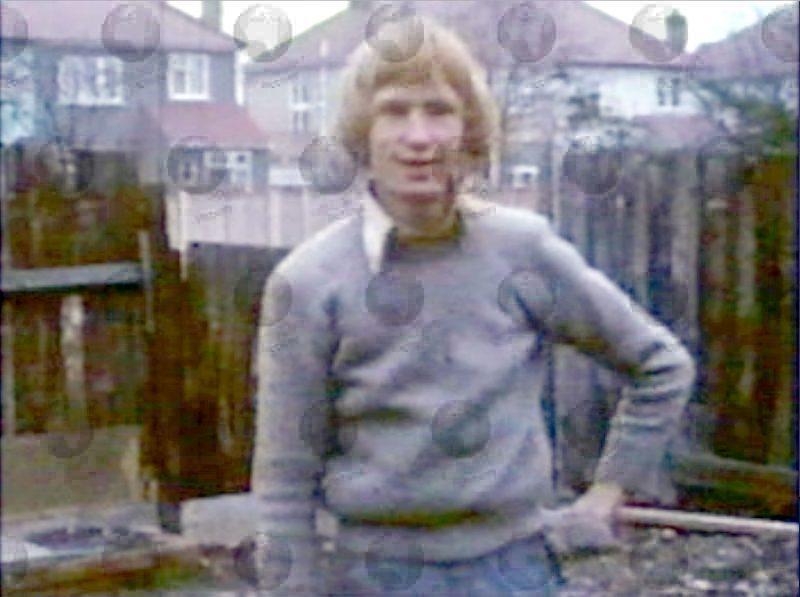
David Gallichan, who moved in with Dennis Nilsen in 1975
Nilsen later recollected that he was sexually attracted to Gallichan, but the pair seldom had intercourse. Nilsen later stated that, following a heated argument in May 1977, he had demanded Gallichan leave the residence. (Gallichan later informed investigators that he had chosen to end the relationship.)
Nilsen formed brief relationships with several other young men over the following 18 months; none of these relationships lasted more than a few weeks, and none of the men expressed any intention of living with Nilsen on a permanent basis.
By late 1978, Nilsen was living a solitary existence; he had had a minimum of three failed relationships in the previous 18 months, and he later confessed to having developed an increasing conviction that he was unfit to live with. Throughout 1978, he devoted an ever-increasing amount of his time, effort and assiduity to his work, and most evenings he spent consuming spirits and/or lager as he listened to music.
The Murders
Between 1978 and 1983, Nilsen is known to have killed a minimum of 12 men and boys, and to have attempted to kill seven others (he initially confessed in 1983 to having killed 15 victims). The majority of Nilsen’s victims were homeless or homosexual men; others were heterosexual people he typically met in bars, on public transport or — on one occasion — outside his own home.
All of Nilsen’s murders were committed inside the north London addresses where he alternately resided in the years he is known to have killed. His victims were lured to these addresses through guile — typically the offer of alcohol and/or shelter.
Inside Nilsen’s home, the victims were usually given food and alcohol, then strangled — usually with a ligature — either to death or until they had become unconscious. If the victim had been strangled into unconsciousness, Nilsen then drowned him in his bathtub, his sink or a bucket of water before observing a ritual in which he bathed, clothed and retained the bodies inside his residences for several weeks or, occasionally, months before he dismembered them. Each victim killed between 1978 and 1981 at his Cricklewood residence was disposed of via burning upon a bonfire; prior to their dissection, Nilsen removed their internal organs, which he disposed of either beside a fence behind his flat, or close to Gladstone Park. The victims killed in 1982 and 1983 at his Muswell Hill residence were retained at his flat, with their flesh and smaller bones flushed down the lavatory.
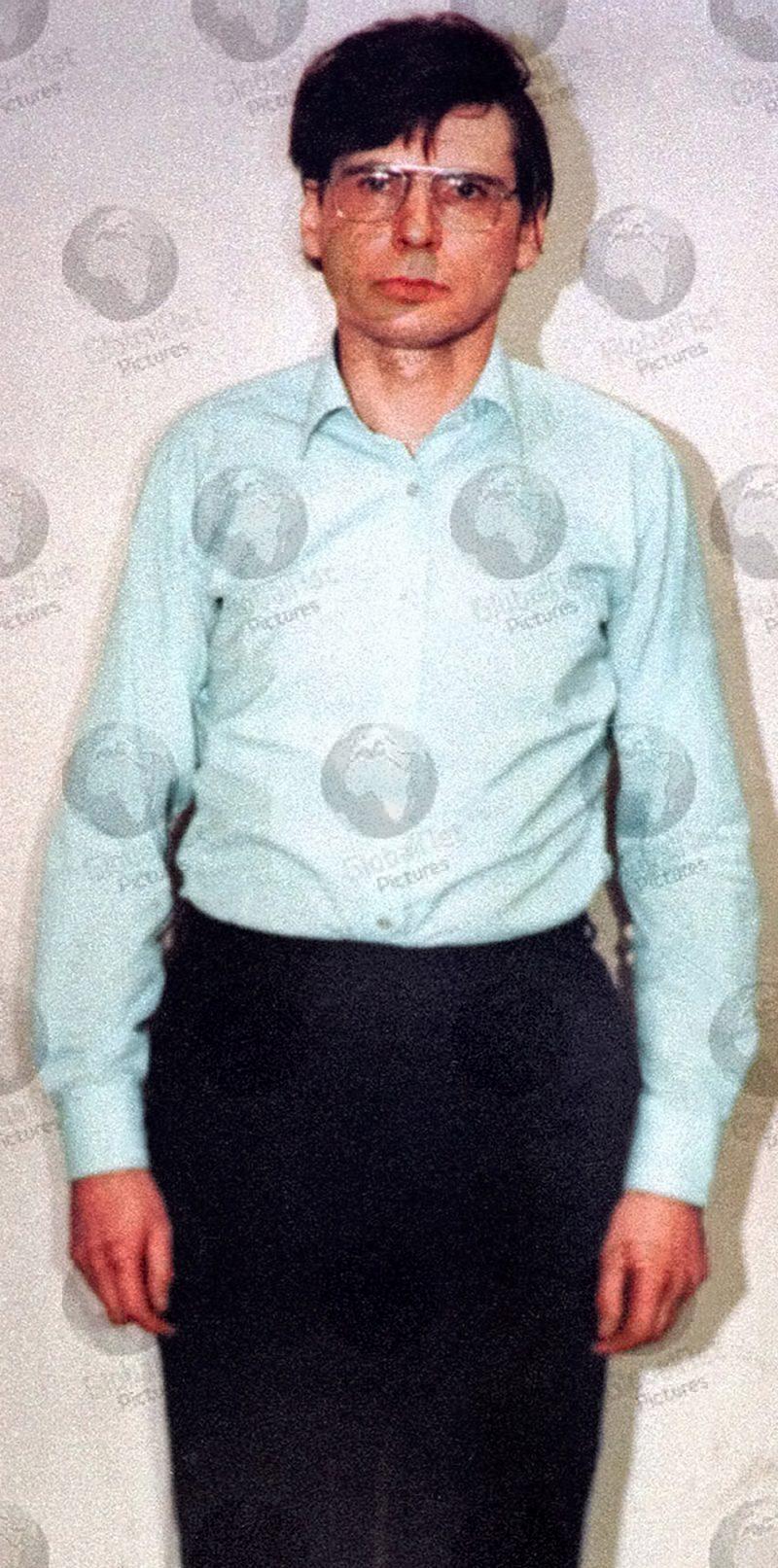
© Copyright GlobalNet Pictures
Nilsen admitted to engaging in masturbation as he viewed the nude bodies of several of his victims, and to have engaged in sexual acts with six of his victims’ bodies, but was adamant he had never penetrated any of his victims.
Cricklewood Arms
Nilsen killed his first victim, 14-year-old Stephen Holmes, on 30 December 1978. Holmes encountered Nilsen in the Cricklewood Arms pub, where Holmes had unsuccessfully attempted to purchase alcohol. According to Nilsen, he had been drinking heavily alone on the day he met Holmes, before deciding in the evening he must “at all costs” leave his flat and seek company. He invited the youth to his house to drink alcohol with him, believing him to be approximately 17 years old. At Nilsen’s home, both Nilsen and Holmes drank heavily, before they fell asleep. The following morning, Nilsen awoke to find Holmes asleep on his bed. In his subsequent written confessions, Nilsen stated he was “afraid to wake him in case he left me”. After caressing the sleeping youth, Nilsen decided Holmes was to “stay with me over the New Year whether he wanted to or not”. Reaching for a tie, Nilsen straddled Holmes as he strangled him into unconsciousness, before drowning the youth in a bucket filled with water. Nilsen twice masturbated over the body, before stowing the youth’s corpse beneath his floorboards. Holmes’ bound corpse remained beneath the floorboards for almost eight months, before Nilsen built a bonfire in the garden behind his flat and burned it on 11 August 1979.
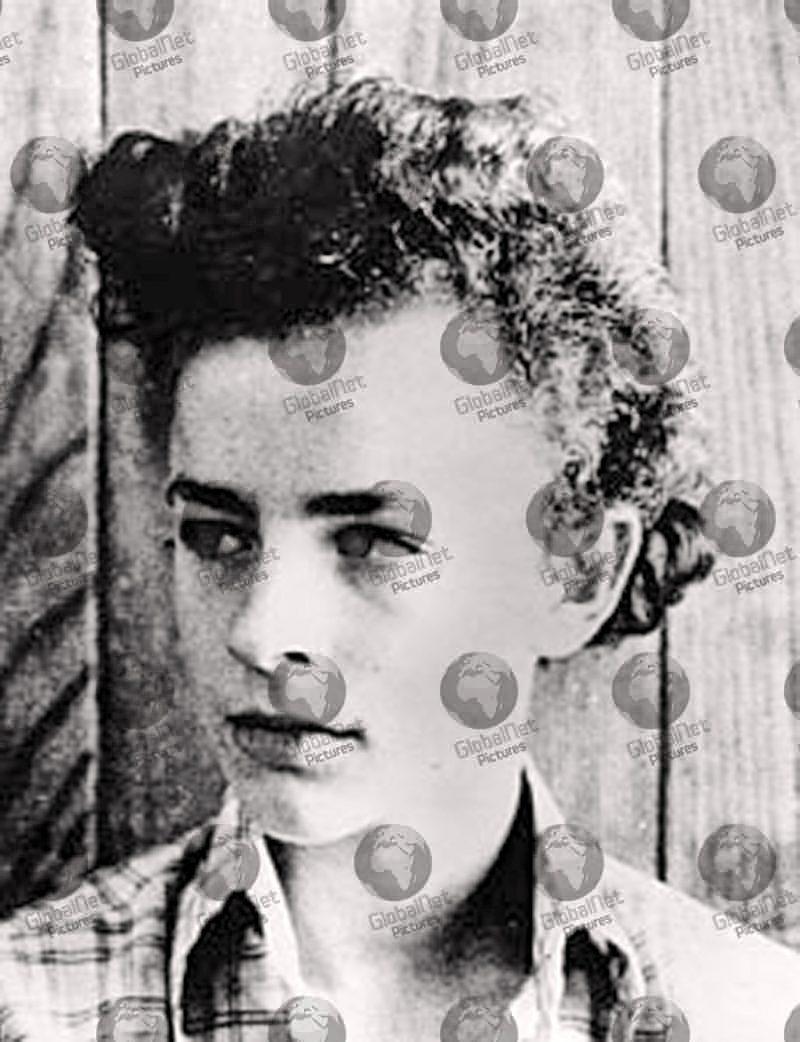
Stephen Holmes, who Nilsen revealed was his first victim
Reflecting on his killing spree in 1983, Nilsen stated that, having killed Holmes: “I caused dreams which caused death … this is my crime”, adding that he had “started down the avenue of death and possession of a new kind of flatmate”.
On 11 October 1979, Nilsen attempted to murder a student from Hong Kong named Andrew Ho, whom he had met in a St Martin’s Lane pub and lured to his flat on the promise of sex. Nilsen attempted to strangle Ho, who managed to flee from his flat and reported the incident to police. Nilsen was questioned in relation to the incident, but Ho decided not to press charges.
Two months after the attempted murder of Ho, on 3 December 1979, Nilsen encountered a 23-year-old Canadian student named Kenneth Ockenden, who had been on a tour of England visiting relatives. Nilsen encountered Ockenden as they both drank in a West End pub. Upon learning the youth was a tourist, Nilsen offered to show Ockenden several London landmarks, an offer which Ockenden accepted. Nilsen then invited the youth to his house on the promise of a meal and further drinks.
Strangled
The pair stopped at an off licence en route to Nilsen’s Melrose Avenue residence and purchased whisky, rum and beer, with Ockenden insisting on sharing the bill. Nilsen was adamant he could not recall the precise moment he strangled Ockenden, but recalled that he strangled the youth with the cord of Nilsen’s headphones as Ockenden listened to music. He also recalled dragging the youth across his floor with the wire wrapped around his neck as he strangled him, before pouring himself half a glass of rum and continuing to listen to music upon the headphones with which he had strangled Ockenden.
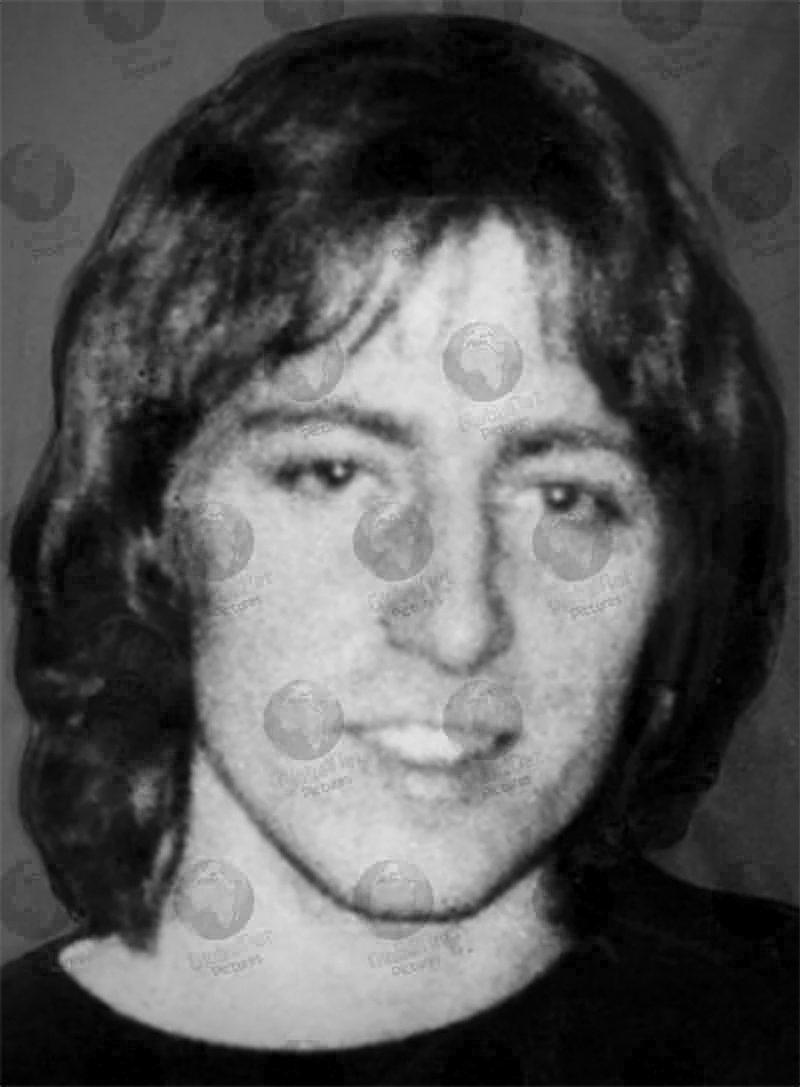
Canadian tourist Kenneth Ockenden
Polaroids
The following day, Nilsen purchased a Polaroid camera and photographed Ockenden’s body in various suggestive positions. He then lay Ockenden’s corpse spreadeagled above him on his bed as he watched television for several hours, before wrapping the body in plastic bags and stowing the corpse beneath the floorboards. On approximately four occasions over the following fortnight, Nilsen disinterred Ockenden’s body from beneath his floorboards and seated the body upon his armchair alongside him as he himself watched television and drank alcohol.
Martyn Duffey
Nilsen killed his third victim, 16-year-old Martyn Duffey, on 17 May 1980. Duffey was a catering student from Birkenhead, who had hitchhiked to London without his parents’ knowledge on 13 May after being questioned by the British Transport Police for evading his train fare. For four days, Duffey had slept rough near Euston railway Station before Nilsen encountered the youth as he returned from a union conference in Southport. Duffey, Nilsen recollected, was both exhausted and hungry, and happily accepted Nilsen’s offer of a meal and a bed for the evening. After the youth had fallen asleep in Nilsen’s bed, Nilsen fashioned a ligature around his neck, then simultaneously sat on Duffey’s chest and tightened the ligature with a “great force”. Nilsen held this grip until Duffey became unconscious; he then dragged the youth into his kitchen and drowned him in his sink before bathing with the body — which he recollected as being “the youngest-looking I had ever seen”.
Duffey’s body was first placed upon a kitchen chair, then upon the bed on which he had been strangled. The body was repeatedly kissed, complimented and caressed by Nilsen, both before and after he had masturbated while sitting upon the stomach of the corpse. For two days, the body of Martyn Duffey was stowed in a cupboard, before Nilsen noted the youth’s body had become bloated; therefore, “he went straight under the floorboards”.
Following Duffey’s murder, Nilsen began to kill with increasing frequency. Before the end of 1980, he killed a further five victims and attempted to murder one other; only one of these victims whom Nilsen murdered, 26-year-old William ‘Billy’ Sutherland, has ever been identified.
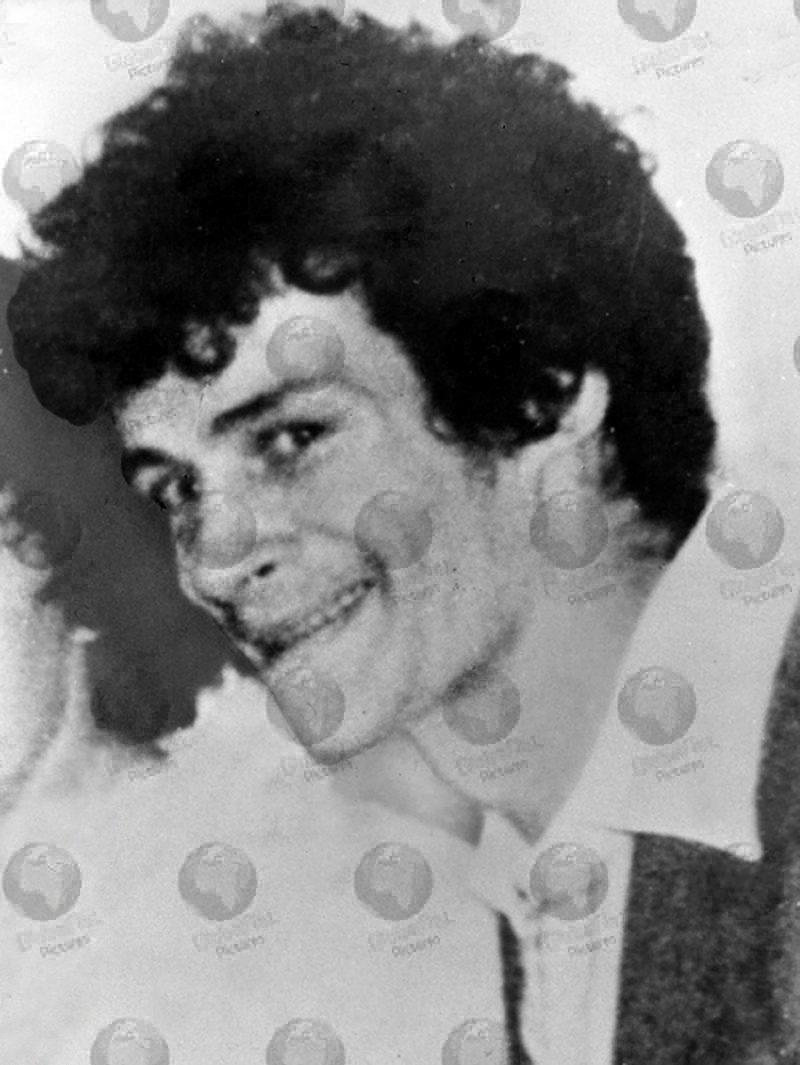
Victim William ‘Billy’ Sutherland
Nilsen’s recollections of the unidentified victims are vague, but he graphically recalled how each victim had been murdered and just how long the body had been retained before dissection. One unidentified victim killed in November had moved his legs in a cycling motion as he was strangled (Nilsen is known to have absented himself from work between 11 and 18 November, likely due to this particular murder); another unidentified victim Nilsen had unsuccessfully attempted to resuscitate, before sinking to his knees and sobbing, before standing to expressly spit at his own image as he looked at himself in the mirror. On another occasion, he had lain in bed alongside the body of an unidentified victim as he listened to the classical theme Fanfare for the Common Man before bursting into tears.
Inevitably, the accumulated bodies beneath his floorboards attracted insects and created a foul odour — particularly throughout summer months. On occasions when Nilsen disinterred victims from beneath the floorboards, he noted that the bodies were covered with pupae and infested with maggots; some victims’ heads had maggots crawling out of eye sockets and mouths. Nilsen placed deodorants beneath the floorboards and sprayed insecticide about the flat twice daily, but the odour of decay and the presence of flies remained.
In late 1980, Nilsen removed and dissected the bodies of each victim killed since December 1979 and burned them upon a communal bonfire he had constructed on waste ground behind his flat.
To disguise the smell of the burning flesh of the six dissected bodies placed upon this pyre, Nilsen crowned the bonfire with an old car tyre. Three neighbourhood children stood to watch this particular bonfire, and Nilsen later wrote in his memoirs that he felt it would have seemed “in order” if he had seen these three children “dancing around a mass funeral pyre”. When the bonfire had been reduced to ashes and cinders, Nilsen used a rake to search the debris for any recognisable bones. Noting a skull was still intact, he smashed it to pieces with his rake.
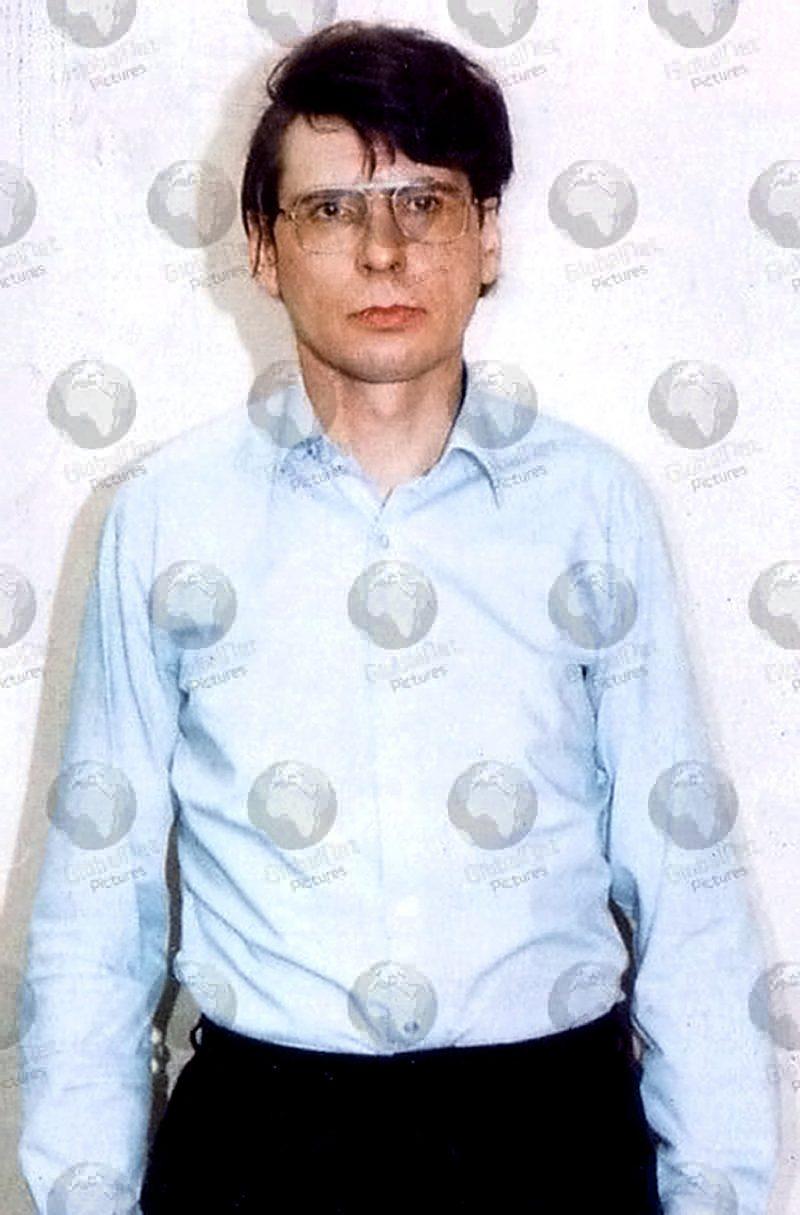
On or about 4 January 1981, Nilsen encountered an unidentified man whom he described for investigators as an “18-year-old, blue-eyed” young Scot at the Golden Lion pub in Soho; he was lured to Melrose Avenue upon the promise of partaking in a drinking contest. After Nilsen and this victim had consumed several beverages, Nilsen strangled him with a tie, and subsequently placed the body beneath the floorboards. Nilsen is known to have informed his employers he was ill and unable to attend work on 12 January in order that he could dissect both this victim and another unidentified victim he had killed approximately one month earlier. By April, Nilsen had killed two further unidentified victims: one of whom he described as an English skinhead whom he had met in Leicester Square; the other he described as “Belfast boy”; a man in his early 20s, approximately 5 ft. 9 in height, who originated from Belfast. In relation to the first of these three unidentified victims, Nilsen later casually reflected: “End of the day, end of the drink, end of a person … floorboards back, carpet replaced, and back to work at Denmark Street”.
Final Melrose Avenue victim
The final victim to be murdered at Melrose Avenue was a 23-year-old named Malcolm Barlow, whom Nilsen discovered slumped against a wall outside his home on 17 September 1981. When Nilsen enquired as to Barlow’s welfare, he was informed the medication Barlow was prescribed for his epilepsy had caused his legs to weaken. Nilsen informed Barlow he should be in hospital and, supporting him, walked the youth into his residence before phoning an ambulance.The following day, Barlow was released from hospital and returned to Nilsen’s home, apparently to thank him. He was invited into Nilsen’s residence and, after eating a meal, began drinking rum and coke before falling asleep on Nilsen’s sofa. Nilsen manually strangled Barlow as he slept, before stowing his body beneath his kitchen sink the following morning.
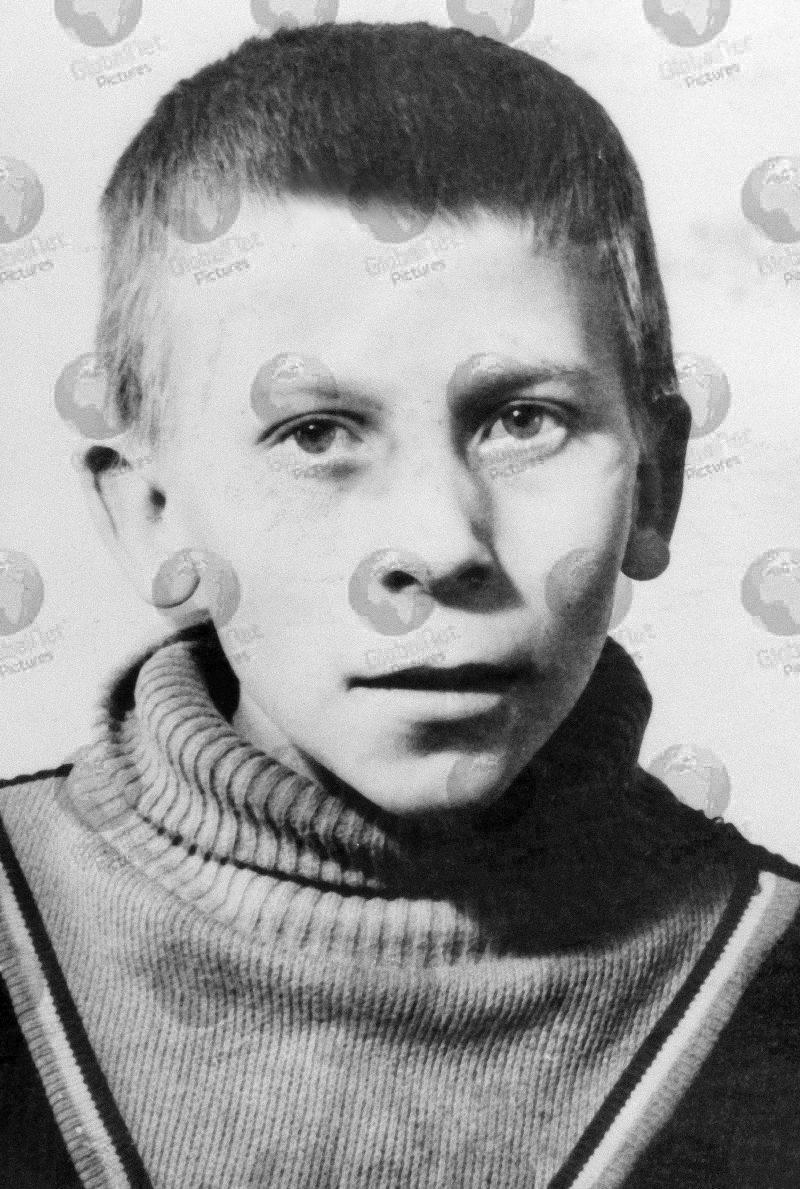
Victim Malcolm Barlow
In mid-1981, Nilsen’s landlord decided to renovate 195 Melrose Avenue, and asked Nilsen to vacate the property. Nilsen was initially resistant to the proposal, but accepted an offer of £1,000 from his landlord to vacate his Melrose Avenue address in order that the property could be renovated. He moved into an attic flat at 23D Cranley Gardens in the Muswell Hill district of north London on 5 October 1981. The day before he vacated the property, Nilsen burned the dissected bodies of the last five victims he had killed at this address upon a third and final bonfire he constructed in the garden behind his flat. Again, Nilsen ensured the bonfire was crowned with an old car tyre to disguise the smell of burning flesh (Nilsen had already dissected the bodies of four of these victims in January and August, and only needed to complete the dissection of Barlow for this third bonfire).
23 Cranley Gardens
At Cranley Gardens, Nilsen had no access to a garden, and as he resided in an attic flat, he was unable to stow any bodies beneath his floorboards. For almost two months, any acquaintances Nilsen encountered and lured to his flat were not assaulted in any manner, although he did attempt to strangle a 19-year-old student named Paul Nobbs on 23 November 1981, but himself refrained from completing the act.
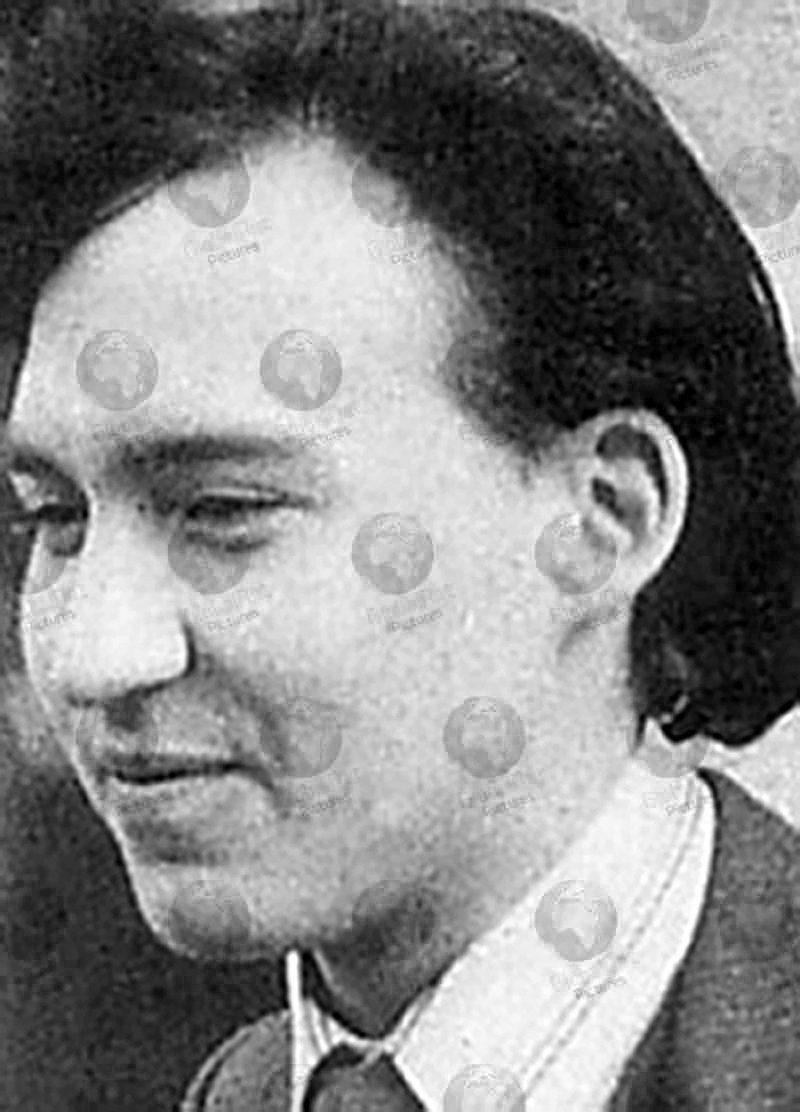
Paul Nobbs
In March 1982, Nilsen encountered a 23-year-old named John Howlett as he (Nilsen) drank in a pub located close to Leicester Square. Howlett was lured to Nilsen’s flat on the promise of continuing drinking with Nilsen.
At Cranley Gardens, both Nilsen and Howlett drank as they watched a film, before Howlett walked into Nilsen’s front room and fell asleep in the bed (which was located in the front room at this time). One hour later, Nilsen unsuccessfully attempted to rouse Howlett, then sat on the edge of the bed drinking rum as he stared at Howlett, before deciding to kill him. Following a ferocious struggle (in which Howlett himself attempted to strangle his attacker), Nilsen strangled Howlett into unconsciousness with an upholstery strap before returning to his living room, shaking from the “stress of the struggle” in which he had believed he would be overpowered. On three occasions over the following ten minutes, Nilsen unsuccessfully attempted to kill this victim after noting he had resumed breathing, before deciding to fill his bathtub with water and drown him. For over a week following Howlett’s murder, Nilsen’s own neck bore the victim’s finger impressions.
In May 1982, Nilsen encountered Carl Stottor, a 21-year-old homosexual, as the youth drank at the Black Cap pub in Camden. Nilsen engaged Stottor in conversation, discovering the youth was depressed following a failed relationship. After plying the youth with alcohol, Nilsen invited Stottor to his flat, assuring his guest he had no intention of sexual activity. At Nilsen’s flat, Stottor consumed further alcohol before falling asleep upon an open sleeping bag; he later awoke to find himself being strangled with Nilsen loudly whispering “Stay still”.
In his subsequent testimony at Nilsen’s trial, Stottor stated he initially believed Nilsen was trying to free him from the zip of the sleeping bag, before he returned to a state of unconsciousness. He then vaguely recalled hearing “water running” before realising he was immersed in the water and that Nilsen was attempting to drown him. After briefly succeeding in raising his head above the water, Stottor gasped the words, “No more, please! No more!” before Nilsen again submerged Stottor’s head beneath the water.
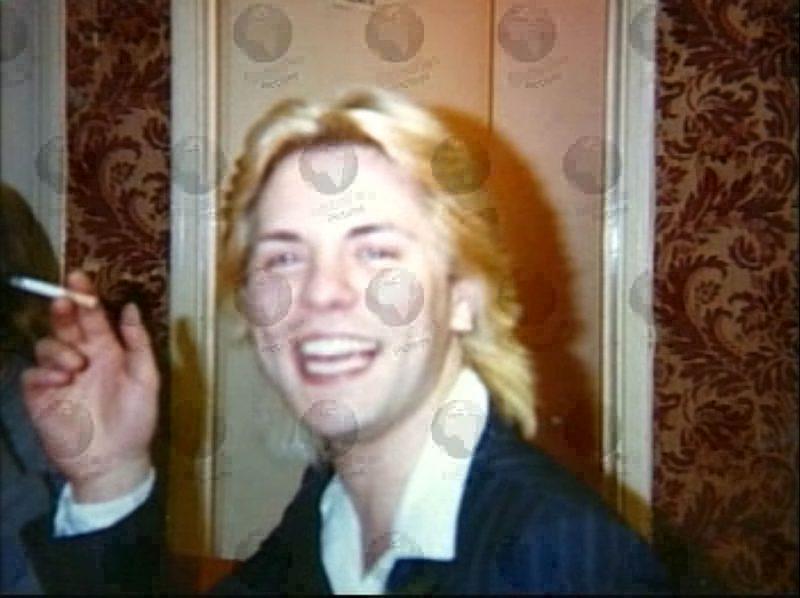
Carl Stottor
Believing he had killed Stottor, Nilsen seated the youth in his armchair, then noted his mongrel dog, Bleep, licking Stottor’s face. Nilsen realised the tiniest thread of life still clung in the youth: he rubbed Stottor’s limbs and heart to increase circulation, covered the youth’s body in blankets, then lay him upon his bed. When Stottor regained consciousness, Nilsen embraced him; he then explained to Stottor he had almost strangled himself on the zip of the sleeping bag, and that he had resuscitated him. Over the following two days, Stottor repeatedly lapsed in and out of consciousness. When Stottor had regained enough strength to question Nilsen as to his recollections of being strangled and immersed in cold water, Nilsen explained he had become caught in the zip of the sleeping bag following a nightmare, and that he had placed him in cold water as “you were in shock”. Nilsen then led Stottor to a nearby railway station, where he informed the youth he hoped they might meet again before he bade him farewell.

Carl Stottor
Three months after Nilsen’s June 1982 promotion to the position of executive officer in his employment, he encountered a 27-year-old named Graham Allen attempting to hail a taxi in Shafetesbury Avenue. Allen accepted Nilsen’s offer to accompany him to Cranley Gardens for a meal. As had been the case with several previous victims, Nilsen stated he could not recall the precise moment he had strangled Allen, but recalled approaching him as he sat eating an omelette with the full intention of murdering him. Allen’s body was retained in the bathtub for a total of three days before Nilsen began the task of dissecting his body upon the kitchen floor. Nilsen is again known to have informed his employers he was ill and unable to attend work on 9 October 1982 — likely in order that he could complete the dissection of Allen’s body.
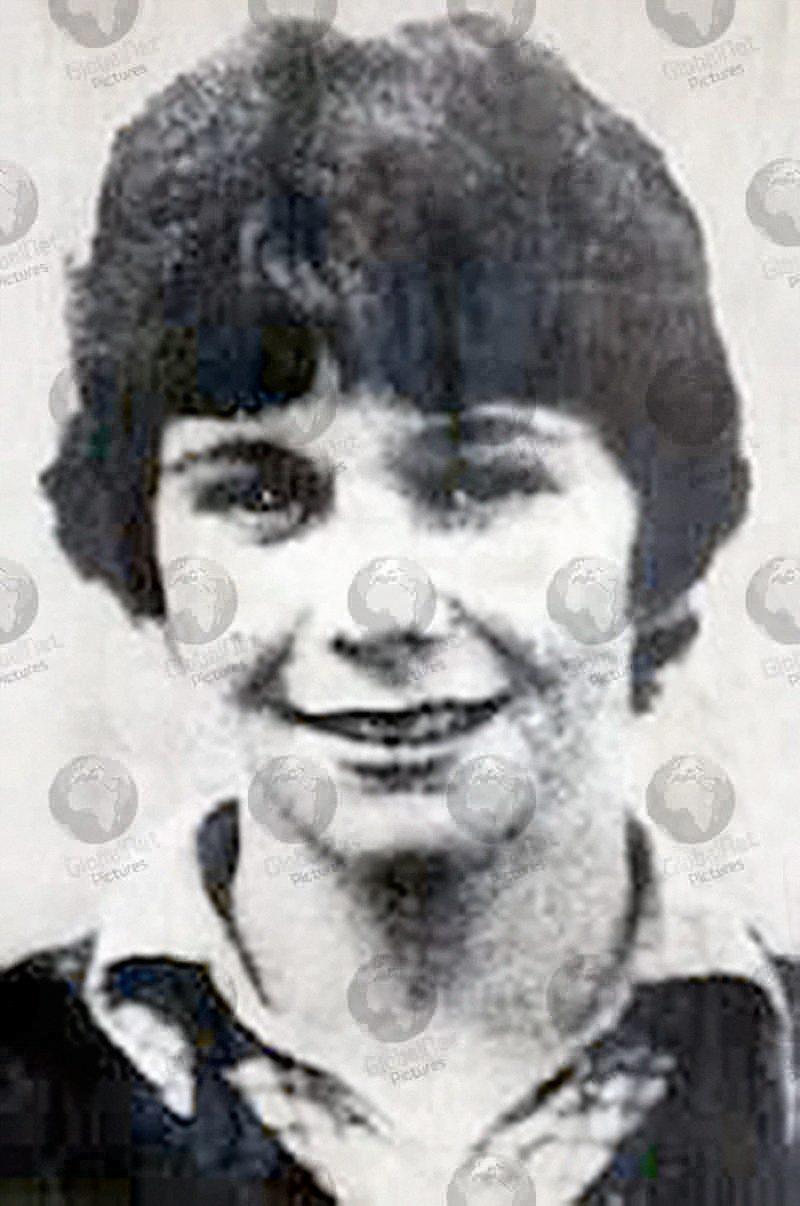
Graham Allen
Tommy
On 26 January 1983, Nilsen killed his final victim, 20-year-old Stephen Sinclair. Sinclair was last seen by acquaintances of his in the company of Nilsen, walking in the direction of a tube station. At Nilsen’s flat, Sinclair fell asleep in a drug- and alcohol-induced stupor in an armchair as Nilsen sat listening to the rock opera Tommy. Nilsen approached Sinclair, knelt before him and said to himself, “Oh Stephen, here I go again”, before strangling Sinclair with a ligature constructed with a necktie and a rope. Noting crepe bandages upon each of Sinclair’s wrists, Nilsen removed these to discover several deep slash marks from where Sinclair had recently tried to kill himself.
Following his usual ritual of bathing the body, Nilsen lay Sinclair’s body upon his bed, applied talcum powder to the body, then arranged three mirrors around the bed before himself lying naked alongside the dead youth. Several hours later, he turned Stephen’s head towards him, before kissing the youth’s body on the forehead and saying, “Goodnight, Stephen”. Nilsen then fell asleep alongside the body.
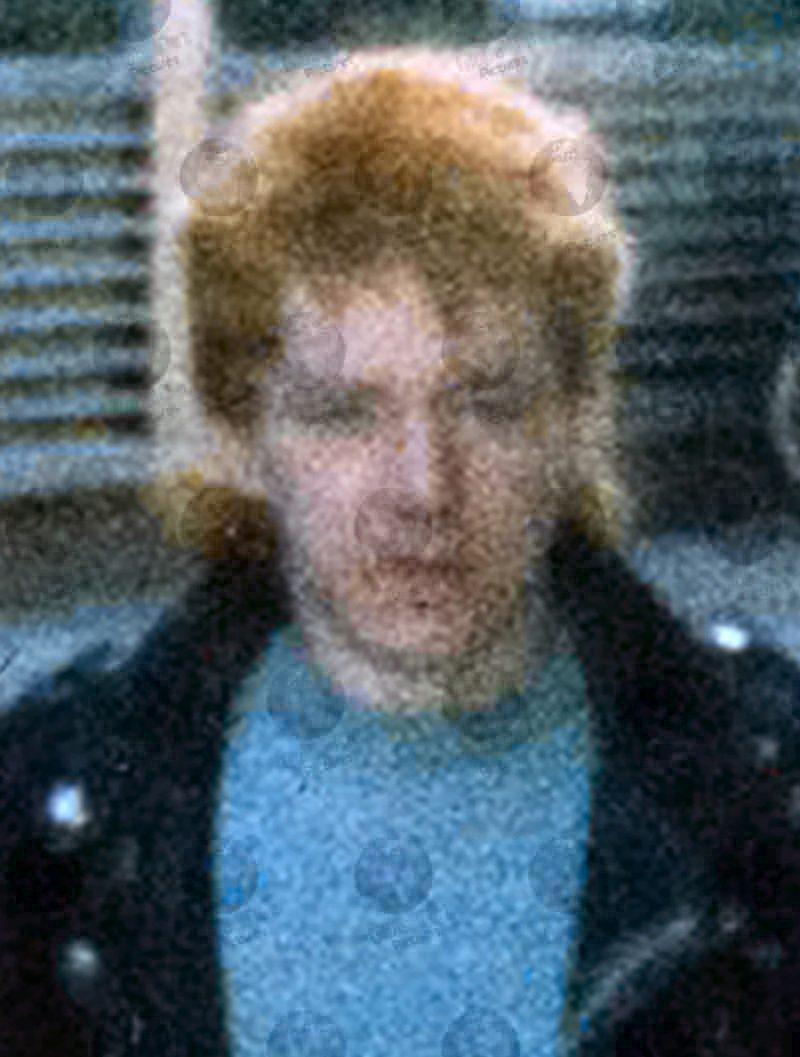
Stephen Sinclair
As had been the case with both Howlett and Allen, Sinclair’s body was subsequently dissected, with the various dismembered parts wrapped in plastic bags and stored in either a wardrobe, a tea chest or within a drawer located beneath the bathtub. The bags used to seal Sinclair’s remains were sealed with the same crepe bandages Nilsen had found upon Sinclair’s wrists. Nilsen attempted to dispose of the flesh, internal organs and smaller bones of all three victims killed at Cranley Gardens by flushing their dissected remains down his toilet. In a practice which he had conducted upon several victims killed at Melrose Avenue, he also boiled the heads, hands and feet to remove the flesh off these sections of the victims’ bodies.
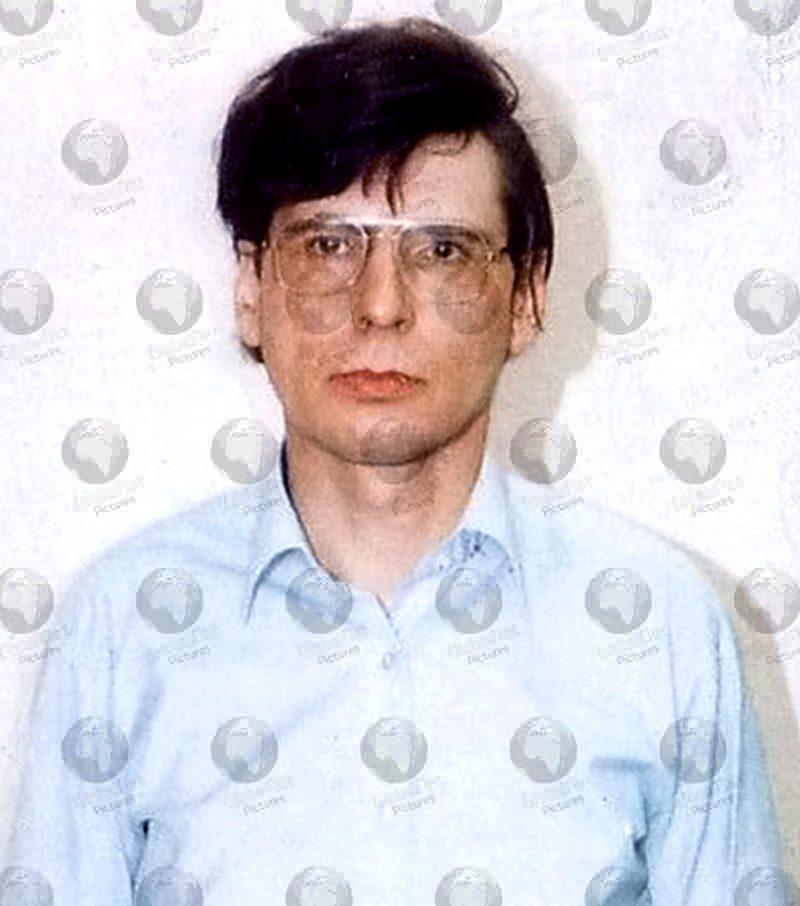
On 4 February 1983, Nilsen wrote a letter of complaint to estate agents complaining that the drains at Cranley Gardens were blocked, and that the situation for both himself and the other tenants at the property was intolerable. The following day, he refused to allow an acquaintance to enter his property (the reason being he had begun to dismember the body of Stephen Sinclair on the floor of his kitchen).
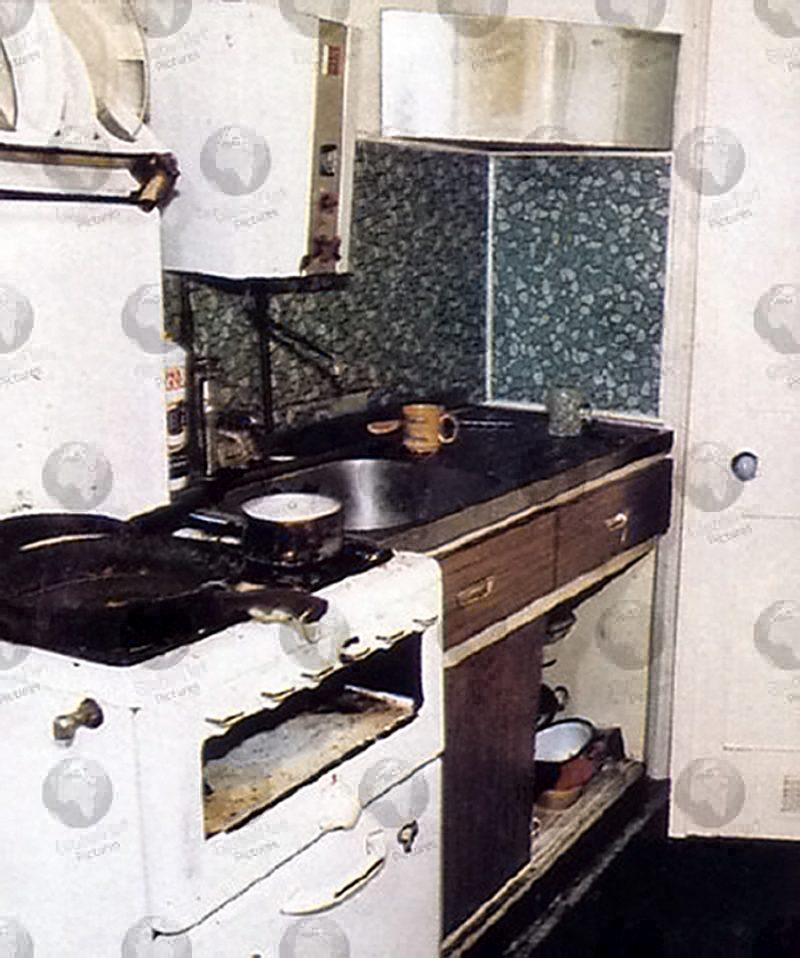
Dennis Nilsen’s cooker and kitchen at 23 Cranley Gardens in Muswell Hill
Flesh in the drains
Nilsen’s murders were first discovered by a Dyno-Rod employee, Michael Cattran, who responded to the complaints made by both Dennis Nilsen and other tenants of 23 Cranley Gardens regarding the drains of the property being blocked on 8 February 1983. Opening a drain cover at the side of the house, Cattran discovered the drain was packed with a flesh-like substance and numerous small bones of unknown origin. Cattran reported his suspicions to his supervisor, Gary Wheeler. As he had arrived at the property at dusk, Cattran and his supervisor agreed to postpone further investigation into the blockage until the following morning. Prior to leaving the property, Nilsen and a fellow tenant named Jim Allcock convened with Cattran to discuss the source of the substance. Upon hearing Cattran exclaim how similar the substance was in appearance to human flesh, Nilsen replied: “It looks to me like someone has been flushing down their Kentucky Fried Chicken.”
At 7:30a.m. the following morning, Cattran and Wheeler returned to 23 Cranley Gardens, by which time the drain had been cleared. This aroused the suspicions of both the drain inspector and his supervisor. Cattran discovered some scraps of flesh and four bones in a pipe leading from the drain which linked to the top flat of the house. To both Cattran and Wheeler, the bones looked as if they originated from a human hand. Both men immediately called the police who, upon closer inspection, discovered further small bones and scraps of what looked to the naked eye like either human or animal flesh in the same pipe leading from the drain. These remains were taken to the mortuary at Hornsey, where pathologist David Bowen advised police that the remains were human, and that one particular piece of flesh he concluded had been from a human neck bore a ligature mark.
Upon learning from fellow tenants of 23 Cranley Gardens that the tenant of the top floor flat from where the human remains had been flushed was Dennis Andrew Nilsen, and that he worked in a job centre in Kentish Town, DCI Peter Jay and two colleagues opted to wait outside 23 Cranley Gardens until Nilsen returned home from work. When Nilsen returned home, DCI Jay introduced himself and his colleagues; explaining they had come to enquire about the blockage in the drains from his flat. Nilsen asked why the police were interested in his drains and also if the two officers present with Jay were health inspectors. In response, Jay informed Nilsen the other two were also police officers and requested access to his flat to discuss the matter further.
The three officers followed Nilsen into his flat, where they immediately noted the odour of rotting flesh. Nilsen queried further as to why the police were interested in his drains, to which he was informed the blockage had been caused by human remains. Nilsen feigned shock and bewilderment, stating, “Good grief, how awful!” In response, Jay replied: “Don’t mess about, where’s the rest of the body?” Nilsen responded calmly, admitting that the remainder of the body could be found in two plastic bags in a nearby wardrobe, from which DCI Jay and his colleagues noted the overpowering smell of decomposition emanated.
The officers did not open the cupboard, but asked Nilsen if there were any other body parts to be found, to which Nilsen replied: “It’s a long story; it goes back a long time. I’ll tell you everything. I want to get it off my chest. Not here — at the police station”. He was then arrested and cautioned on suspicion of murder, before being taken to Hornsey Police Station.
As he was escorted to the police station by Detective Chief Inspector Jay and his colleagues, Nilsen was asked whether the remains in his flat belonged to one person or two. Staring out of the window of the police car, he replied, “15 or 16, since 1978”.
That evening, a Detective Superintendent Chambers accompanied Peter Jay and Professor David Bowen to Cranley Gardens, where the plastic bags were removed from the wardrobe and taken to Hornsey Mortuary. One bag was found to contain two dissected torsos, one of which had been vertically dissected, and a shopping bag containing various internal organs. The second bag contained a human skull almost completely devoid of flesh, a severed head, and a torso with arms attached but hands missing. Both heads were found to have been subjected to moist heat.
The confession
In an interview conducted on 10 February, Nilsen confessed there were further human remains stowed in a tea chest in his living room, with other remains inside an upturned drawer in his bathroom. The dismembered body parts were the bodies of three men, all of whom he had killed by strangulation — usually with a tie. One victim he could not name; another he knew only as “John the Guardsman”, and the third he identified as Stephen Sinclair. He also stated that, beginning in December 1978, he had killed “12 or 13” men at his former address, 195 Melrose Avenue. Nilsen also admitted to having unsuccessfully attempted to kill approximately seven other people, who had either escaped or, on one occasion, had been at the brink of death but had been revived and allowed to leave his residence.
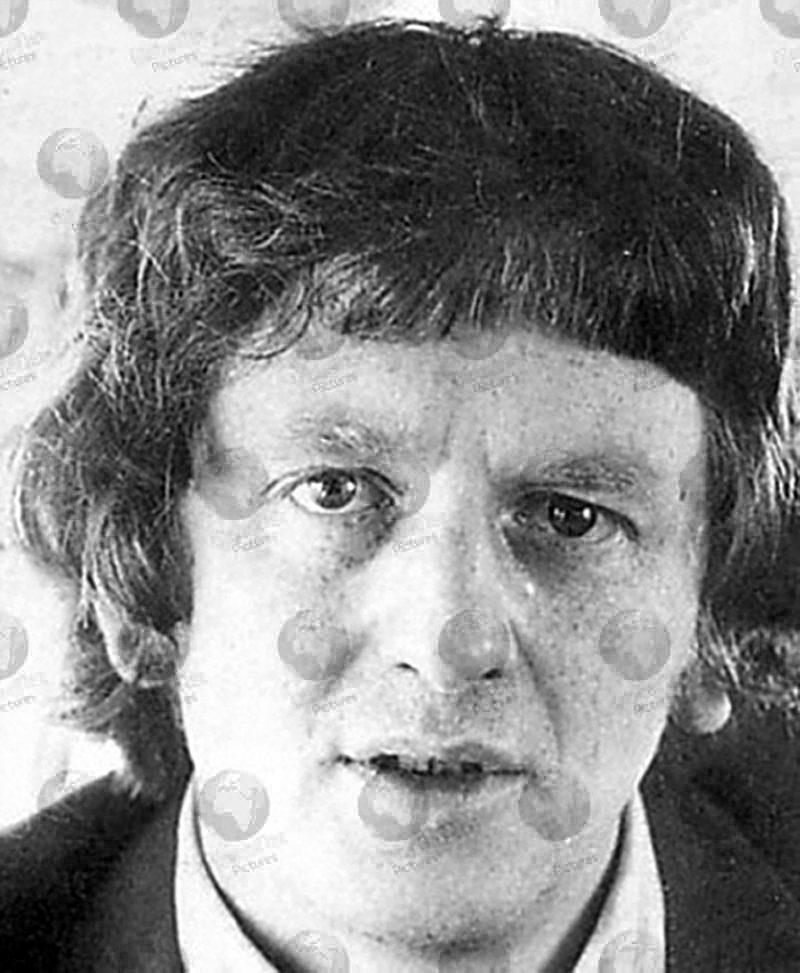
Douglas Stewart, who survived being attacked by Dennis Nilsen. Stewart said he fell asleep in an armchair at Nilsen’s address at 195 Melrose Place to find his feet tied and Nilsen putting a tie around his neck. He fought Nilsen off, knocking Nilsen to the ground and Nilsen told him to leave
A further search for additional remains at 23 Cranley Gardens on 10 February revealed the lower section of a torso and two legs stowed in a bag in the bathroom, and a skull, a section of a torso, and various bones in the tea chest. The same day, Nilsen accompanied police to Melrose Avenue, where he indicated the three locations in the rear garden where he had burned the remains of his victims (investigators discovered over 1,000 fragments of bone from the garden at Melrose Avenue, many of them blackened and charred by fire).
The same day that the search for additional remains at Cranley Gardens was conducted, plumber Michael Cattran contacted the Daily Mirror, informing them of the ongoing search for human remains at Cranley Gardens. This newspaper published the first information pertaining to the case on 10 February; Cattran’s revelations subsequently sparked an intense national media interest in the case and the unfolding events. By 11 February, reporters from the Daily Mirror had obtained photographs from Nilsen’s mother in Aberdeenshire, which appeared on their front page the following day.
The 12 February 1983 front page of the Daily Mirror,describing Nilsen having been formally charged with the murder of his last victim, Stephen Sinclair
Under English law, the police had 48 hours in which to charge Nilsen or release him. Assembling the remains of the victims killed at Cranley Gardens on the floor of Hornsey Mortuary, Professor David Bowen was able to confirm the fingerprints on one body matched those on police files of Stephen Sinclair. At 5:40 pm on 11 February, Nilsen was charged with the murder of Stephen Sinclair, and a statement revealing this was released to the press. Formal questioning of Nilsen began the same evening, with Nilsen agreeing to be represented by a solicitor (a facility he had earlier declined). Police interviewed Nilsen on 16 separate occasions over the following days, in interviews which totalled over 30 hours.
Nilsen was adamant he was uncertain as to why he had killed, simply saying “I’m hoping you will tell me that” when asked his motive for the murders. He was adamant the decision to kill was not made until moments before the act of murder. Most victims had been killed by strangulation; on several occasions, he had drowned the victims once they had been strangled into unconsciousness. Once the victim had been killed, he typically bathed the victim’s body, shaved any hair from the torso to conform it to his physical ideal, then applied makeup to any obvious blemishes upon the skin. The body was usually dressed in socks and underpants, before Nilsen draped the victims’ around him as he talked to the corpse. With most victims, Nilsen masturbated as he stood alongside or knelt above the body, and Nilsen confessed to having occasionally engaged in intercrural sex with his victims’ bodies, but repeatedly stressed to investigators he had never actually penetrated his victims — explaining that his victims were “too perfect and beautiful for the pathetic ritual of commonplace sex”.
All the victims’ personal possessions were destroyed following the ritual of bathing their bodies in an effort to obliterate their identity prior to their murder and their now becoming what Nilsen described as a “prop” in his fantasies. In several instances, Nilsen talked to the victim’s body as it remained seated in a chair or prone on his bed and he recalled being emotional as he marvelled at the beauty of his victims’ bodies. With reference to one victim, Kenneth Ockenden, Nilsen noted that Ockenden’s “body and skin were very beautiful”, adding the sight “almost brought me to tears”. Another, unidentified victim had been so emciated that he had simply been discarded under the floorboards.
The bodies of the victims killed at his previous address were kept for as long as decomposition would allow: upon noting any major signs of decomposition, Nilsen stowed it beneath his floorboards. If a body did not display any signs of decomposition, he occasionally alternately stowed it beneath the floorboards and retrieved it before again masturbating as he stood over or lay alongside the body. Make-up was again applied to “enhance its appearance” and to obscure blemishes.
When questioned as to why the heads found at Cranley Gardens had been subjected to moist heat, Nilsen stated that he had frequently boiled the heads of his victims in a large cooking pot on his stove in order that the internal contents evaporated, thus removing the need to dispose of the brain and flesh. The torsos and limbs of the three victims killed at this address were dissected within a week or so of their murder before being wrapped in plastic bags and stowed in the three locations he had indicated to police; the internal organs and smaller bones he flushed down the toilet. This practice — which had led to his arrest — had been the only method he could consider to dispose of the internal organs and soft tissue as, unlike at Melrose Avenue, he had no exclusive use of the garden of the property.
At Melrose Avenue, Nilsen typically retained the victims’ bodies for a much longer period before disposing of the remains. He kept “three or four” bodies stowed beneath the floorboards before he dissected the remains, which he would wrap inside plastic bags and either return under the floorboards or, in two instances, place inside suitcases which had been left at the property by a previous tenant. The remains stowed inside suitcases — those of Kenneth Ockenden and Martyn Duffey — were placed inside a shed in the rear garden, and were disposed of upon the second bonfire Nilsen had constructed at Melrose Avenue. Other dissected remains — minus the internal organs — were returned beneath the floorboards or placed upon a bonfire he had constructed in the garden.
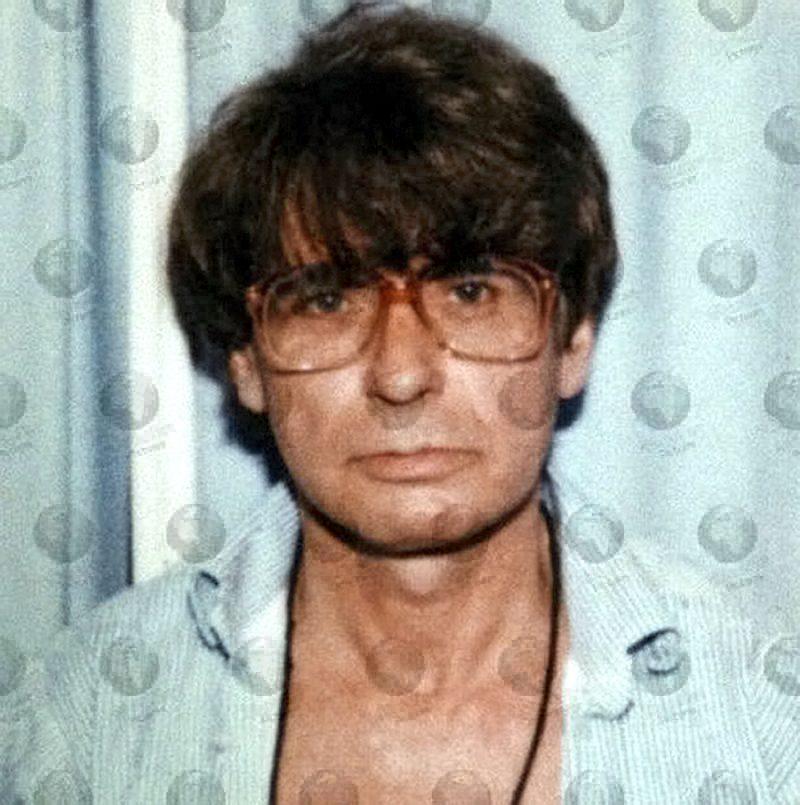
Nilsen confirmed that on four occasions, he had removed the accumulated bodies from beneath his floorboards and dissected the remains, and on three of these occasions, he had then disposed of the accumulated remains upon an assembled bonfire. On more than one occasion, he had removed the internal organs from the victims’ bodies and placed them in bags, which he then typically dumped behind a fence to be eaten by wildlife. All the bodies of the victims killed at Melrose Avenue were dismembered after several weeks or months of internment beneath the floorboards and Nilsen recalled that the putrefaction of these victims’ bodies made this task vile; he recalled having to fortify his nerves with whisky and having to grab handfuls of salt with which to brush aside maggots from the remains. Often, he vomited as he dissected the bodies, before wrapping the dismembered limbs inside plastic bags and carrying the remains to the bonfires. Nonetheless, immediately prior to his dissecting the victims’ bodies, Nilsen masturbated as he knelt or sat alongside the corpse. This, he stated, was his symbolic gesture of saying goodbye to his victims.
When questioned as to whether he had any remorse for his crimes, Nilsen replied: “I wished I could stop, but I couldn’t. I had no other thrill or happiness”. He also emphasised that he took no pleasure from the act of killing, but “worshipped the art and the act of death”.
Victims
Nilsen is known to have killed 12 young men and boys between 1978 and 1983; it is suspected that the true number of victims may be 15. At least nine victims had been killed at 195 Melrose Avenue, with his final three victims being killed at 23 Cranley Gardens.
At least four victims killed between 1980 and 1981 at Melrose Avenue remain unidentified. A forensics expert testified at Nilsen’s 1983 trial that “at least eight bodies” had been incinerated at Melrose Avenue, academically confirming he had murdered at least 11 victims. Several items confiscated from Nilsen’s Cranley Gardens address — some of which had been introduced as evidence at Nilsen’s trial — are on display at New Scotland Yard’s Black Museum. These exhibits include the stove upon which Nilsen had boiled the heads of his final three victims; the knives he had used to dissect several of his victims’ bodies; the headphones Nilsen had used to strangle Kenneth Ockenden; the ligature he had fashioned to strangle his last victim; and the bath from his Cranley Gardens address in which he had drowned John Howlett and retained the body of Graham Allen prior to dissection.

Dennis Nilsen is shown here being interviewed behind bars at Albany prison on the Isle of Wights for the documentary film Viewpoint 1993 – Murder in Mind
Nilsen was still officially a prisoner when he died, at York Hospital. He had been taken to the hospital after complaining of stomach pains; he later suffered a blood clot as a result of surgery complications.
Create an account to login and download images of Dennis Nilsen and his victims, which you will find below this story after login.
Or email pictures@globalnetpictures.co.uk
Follow us on Facebook, Instagram, Twitter and Linkedin #globalnetpictures #GlobalNet_Pics #DennisNilsen #serialkiller #necktiekiller #cranleygardens #carlstottor #Des #DavidTennant #StephenHolmes #GrahamAllen #kennethockenden #stephensinclair #paulnobbs #malcolmbarlow #davidgallichan #bleep #billysutherland

